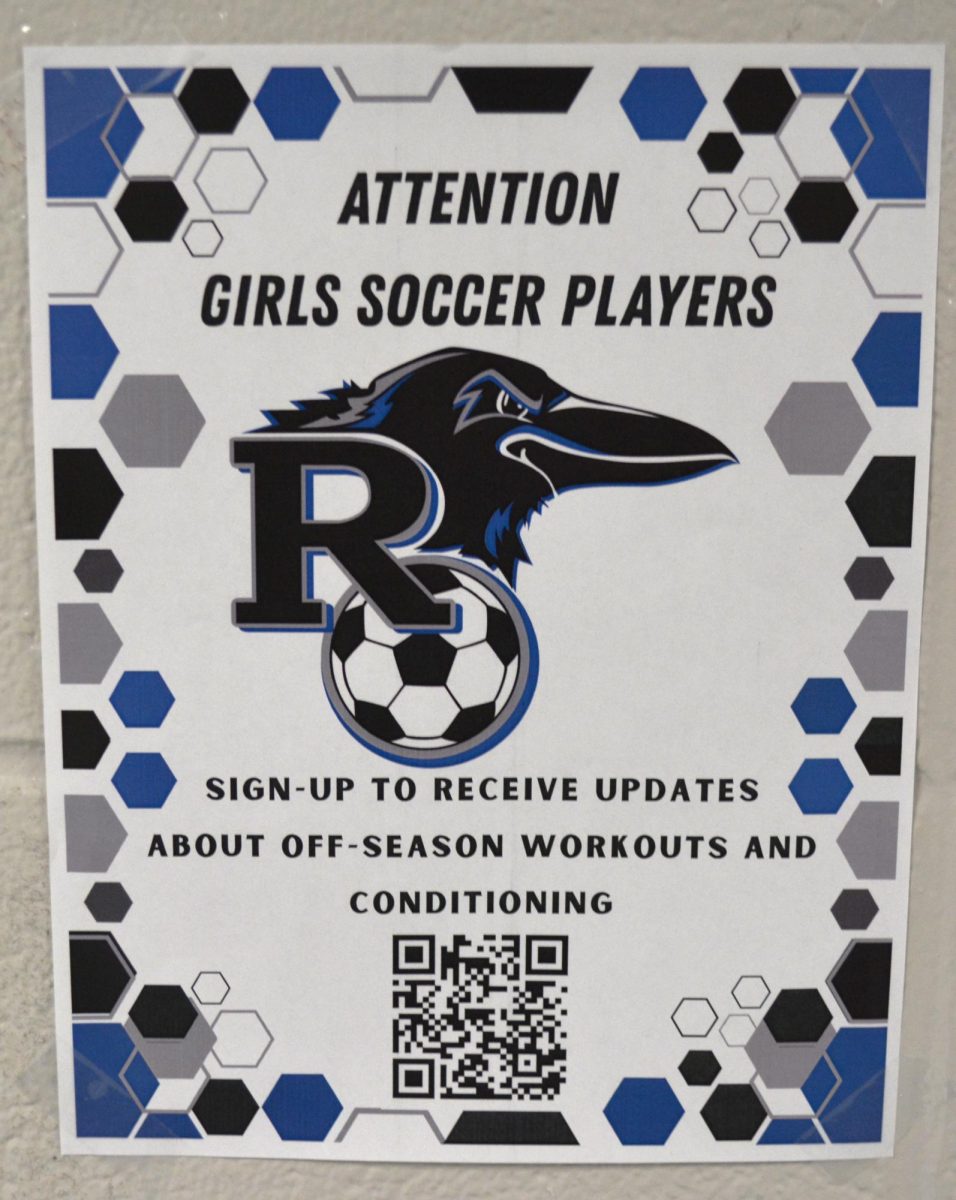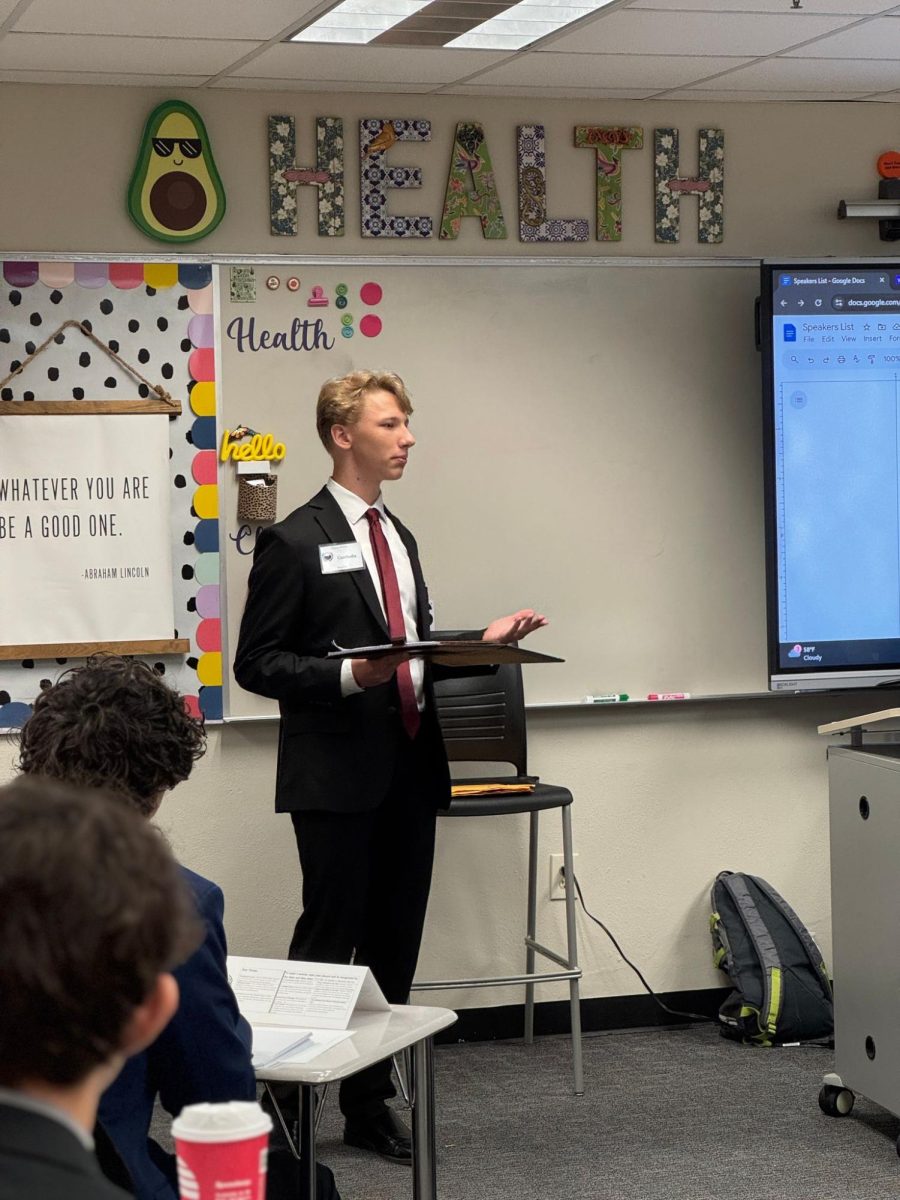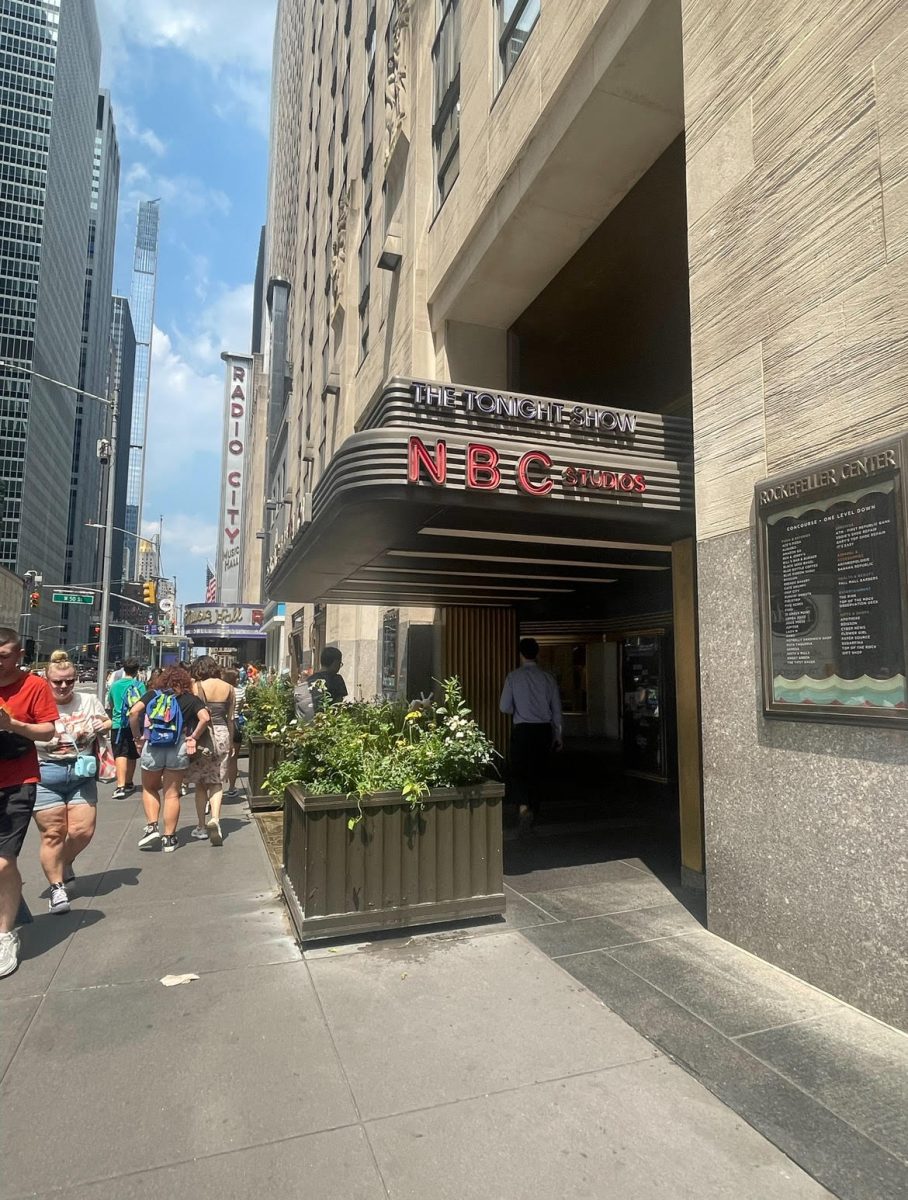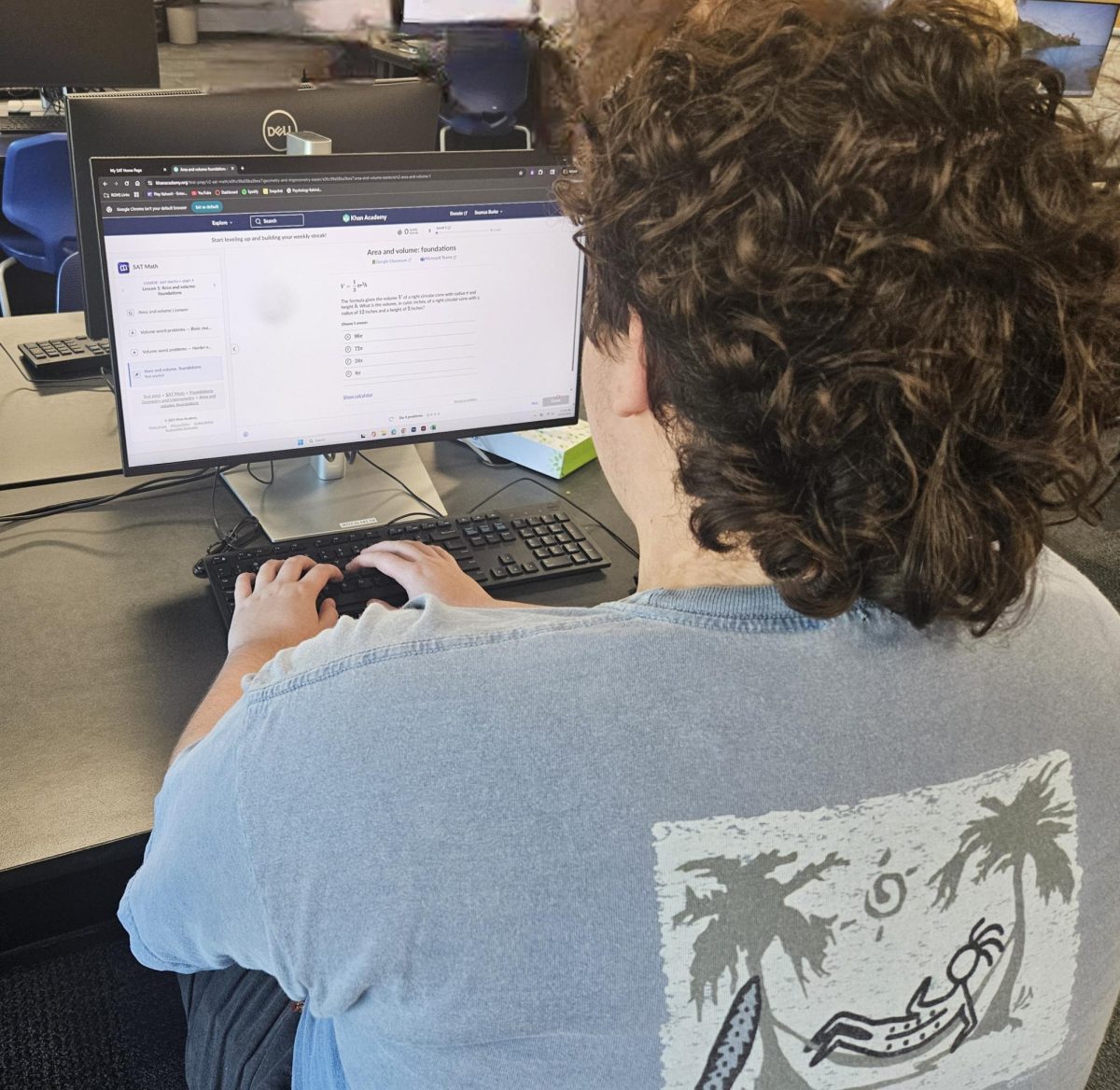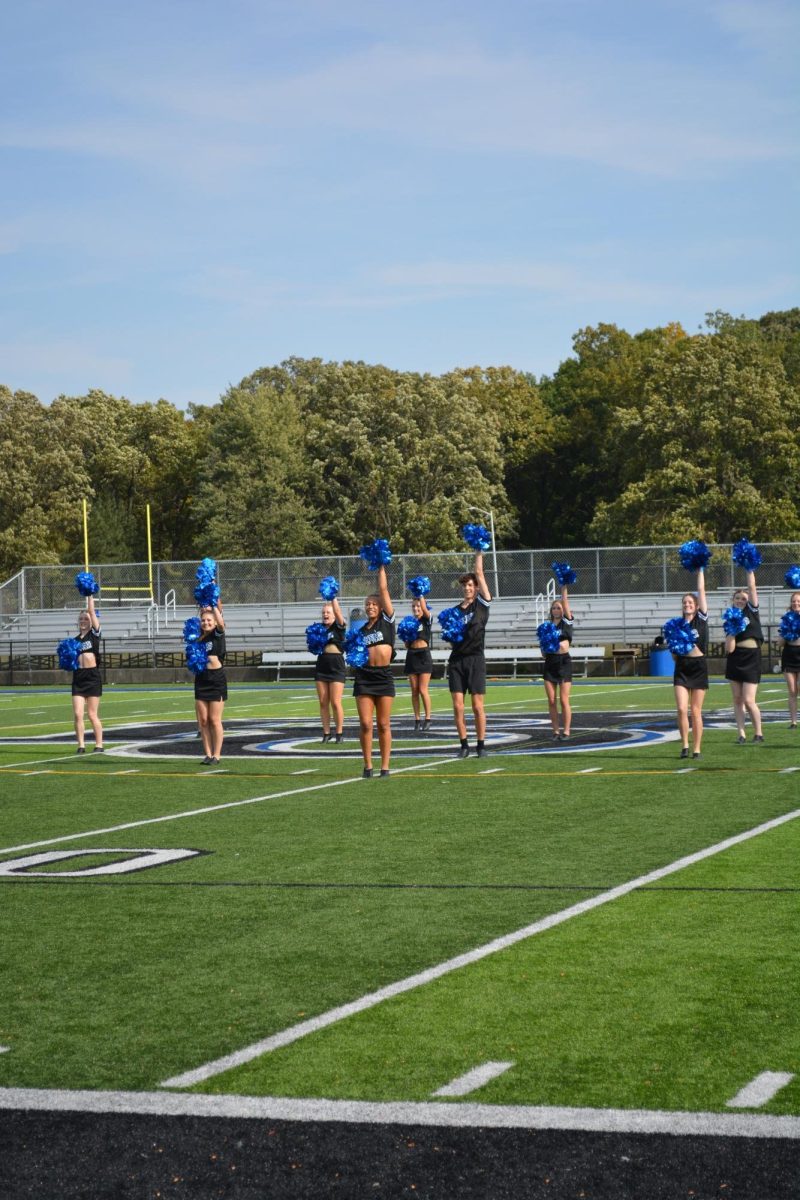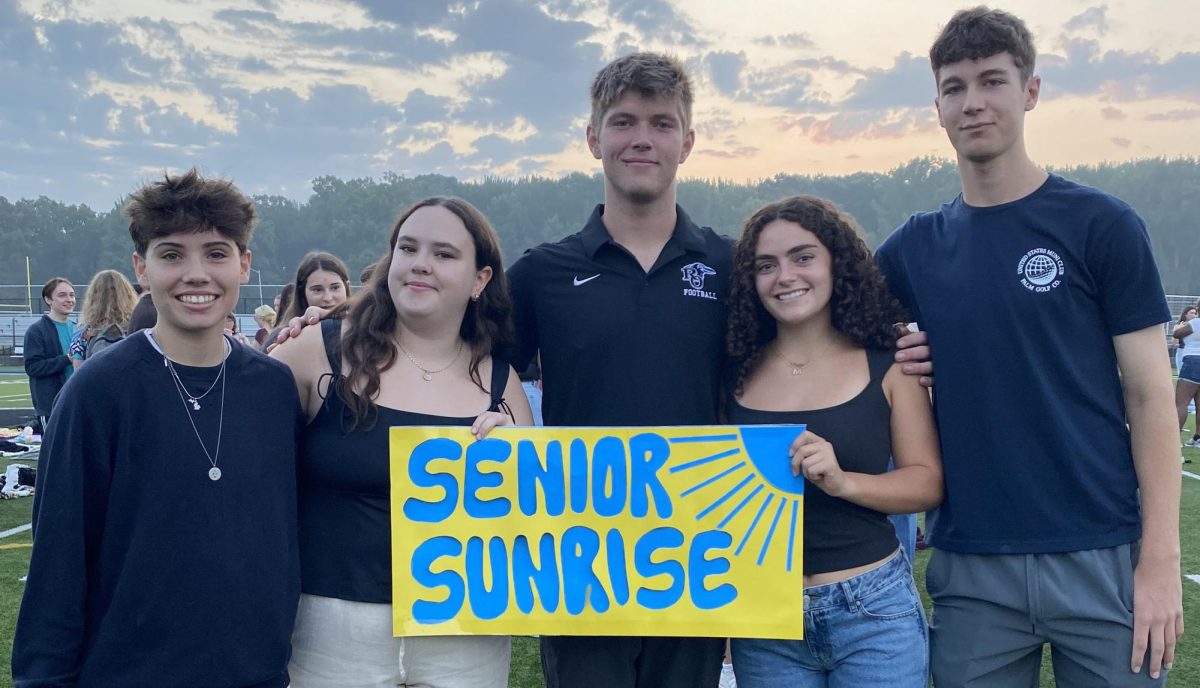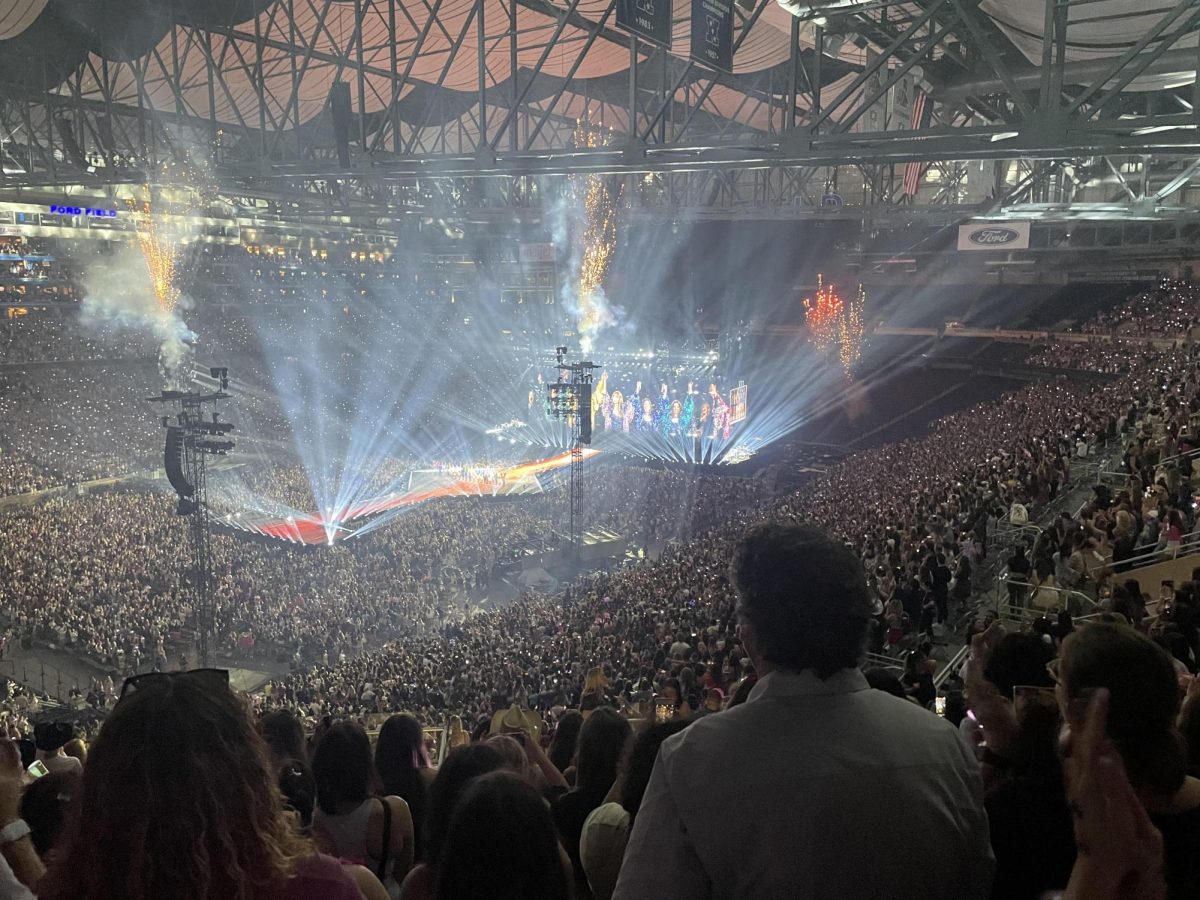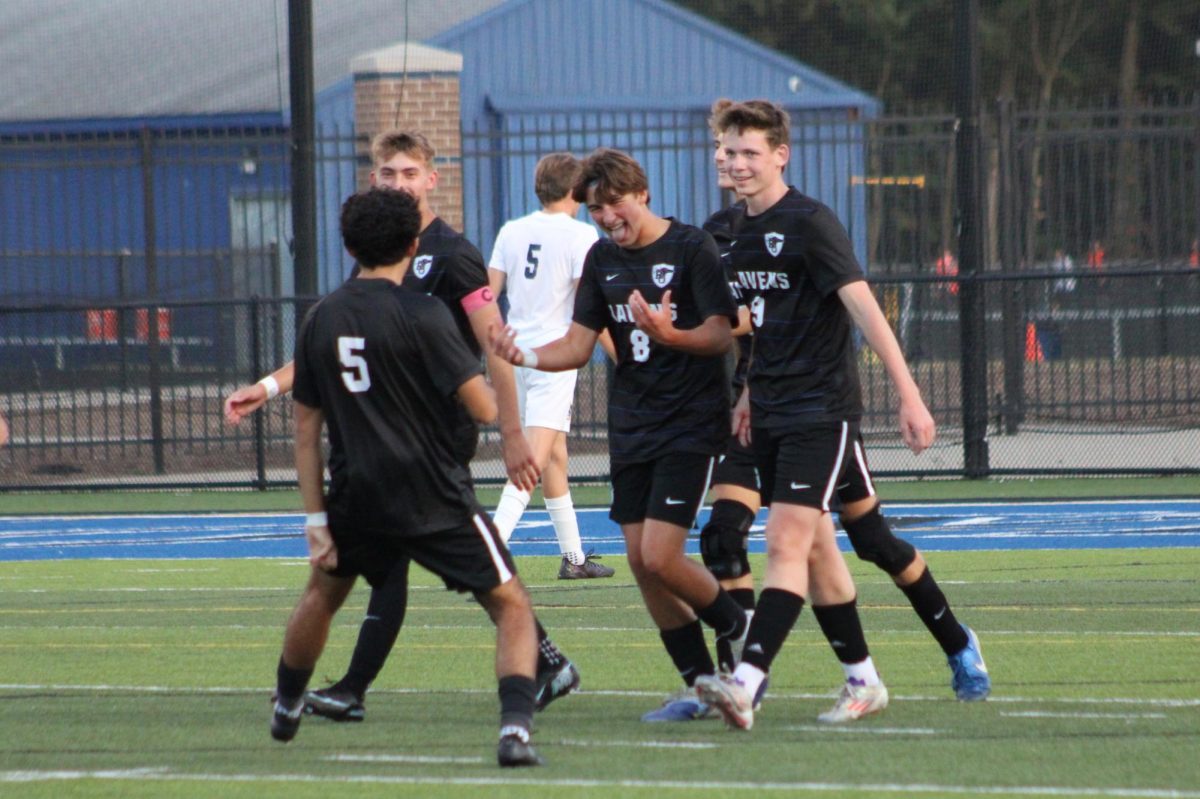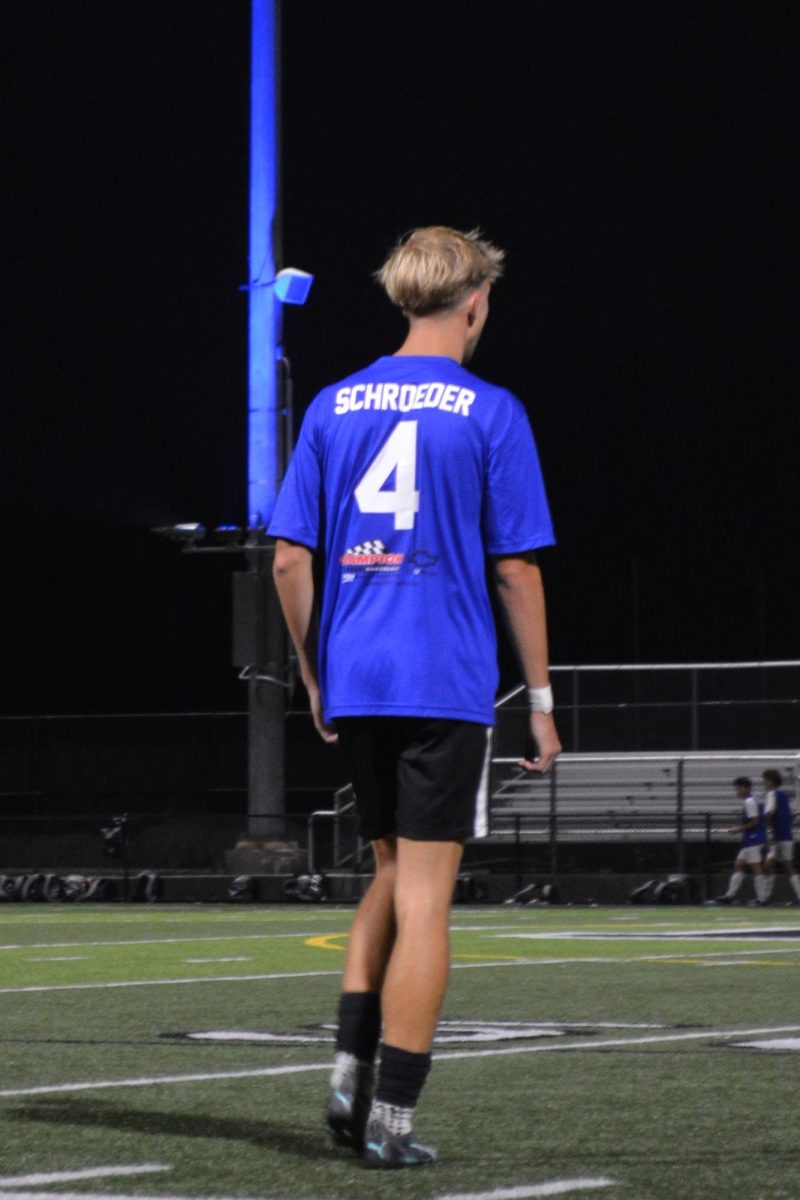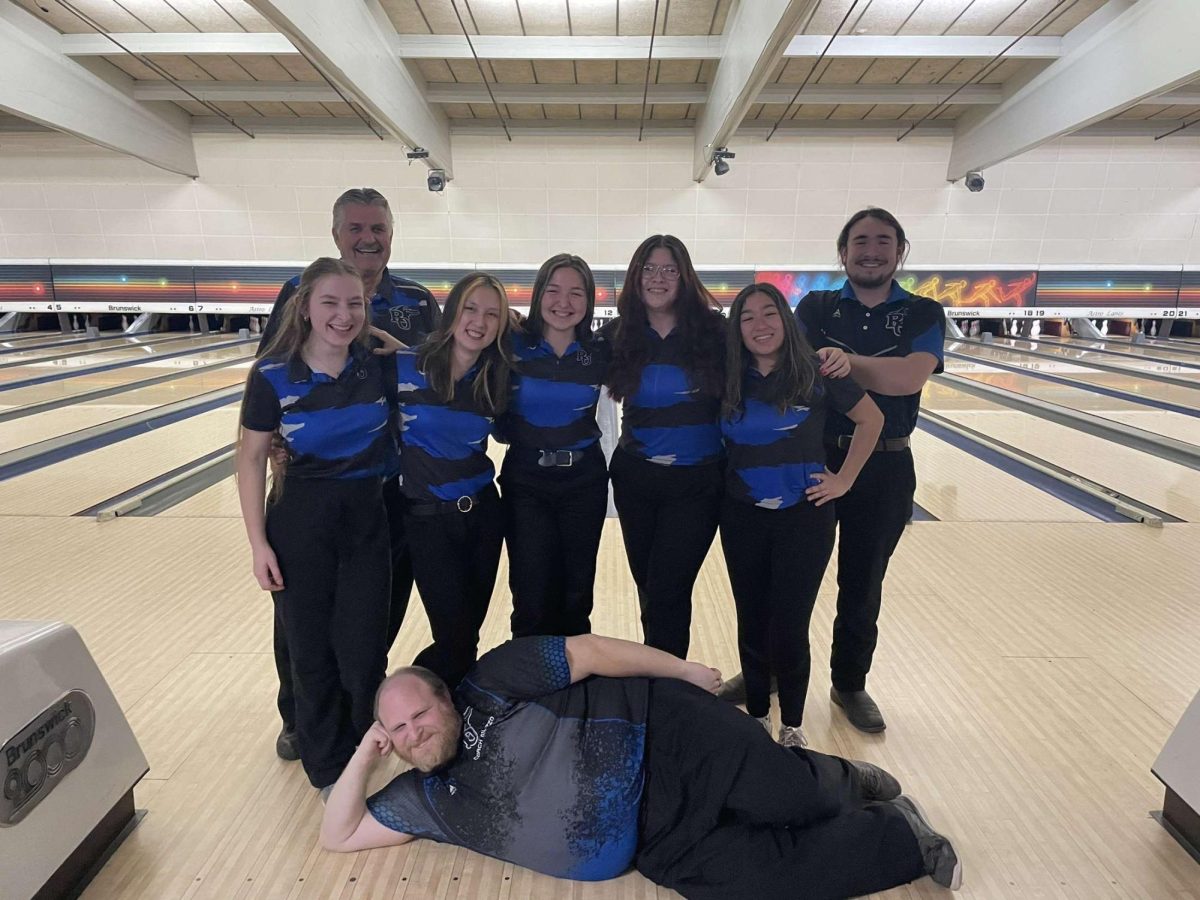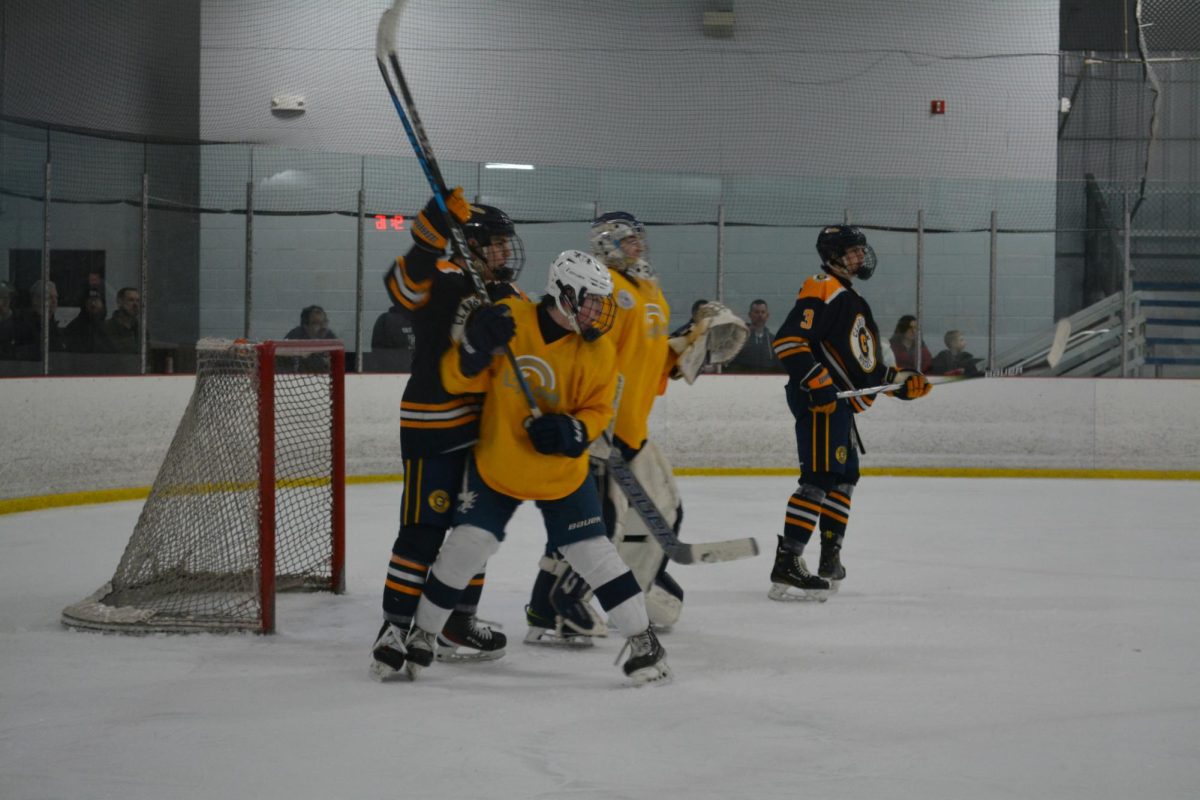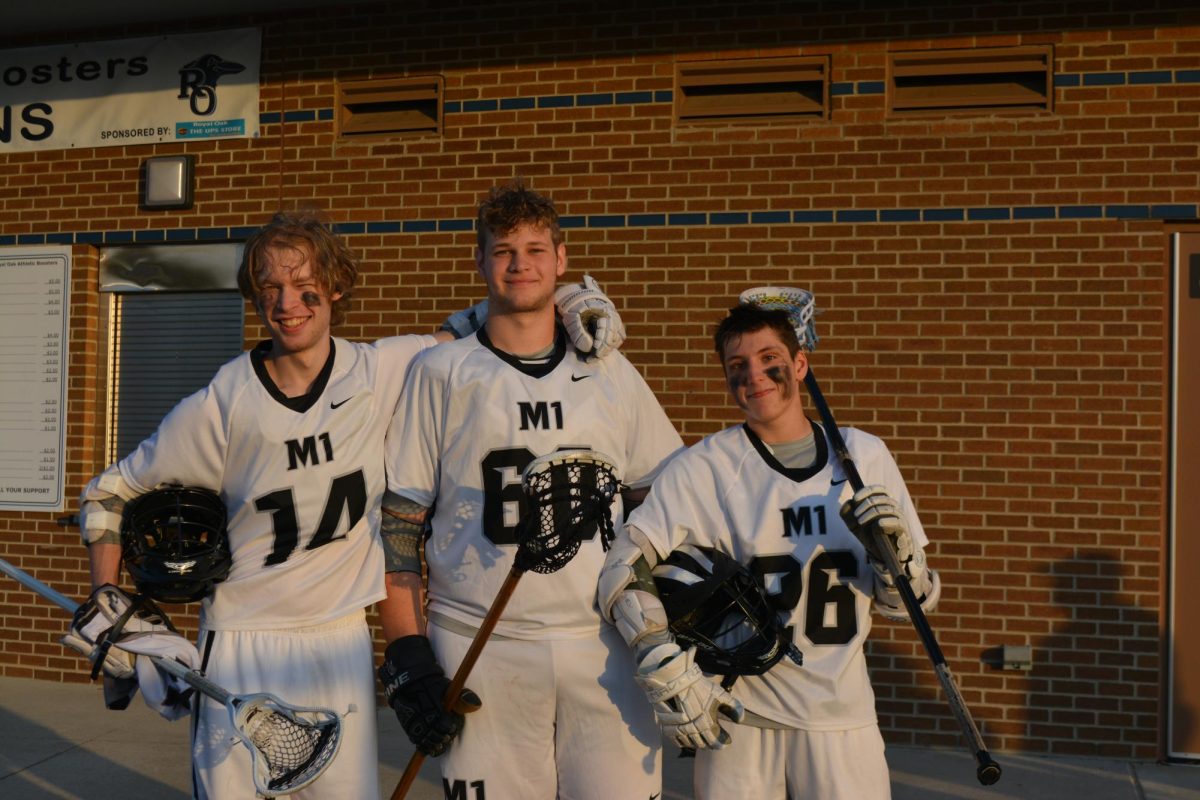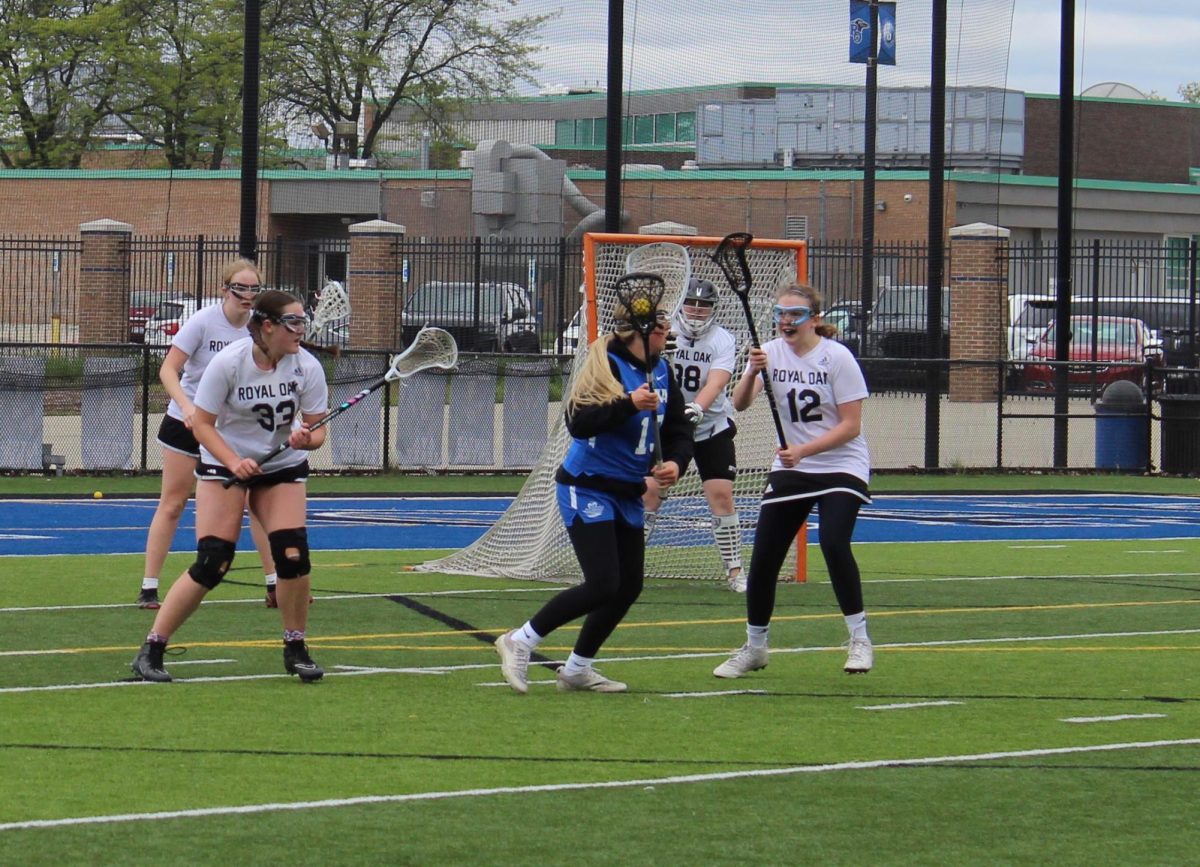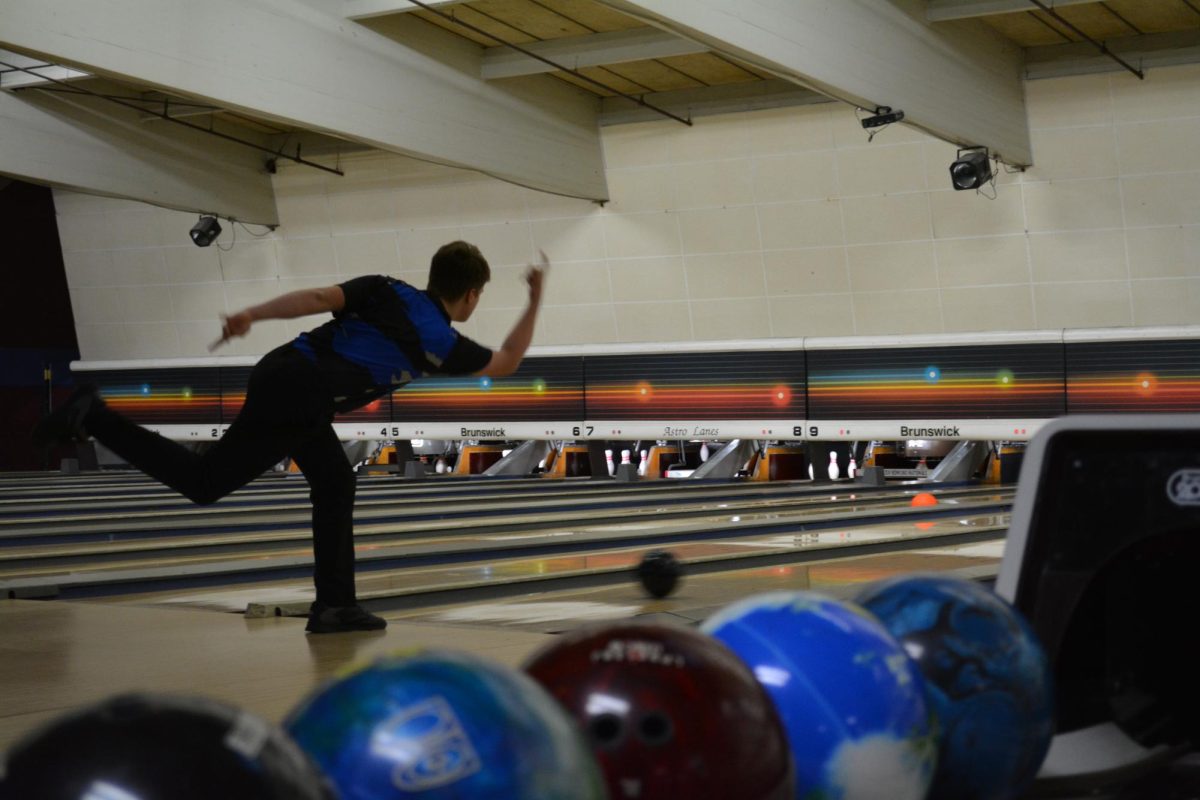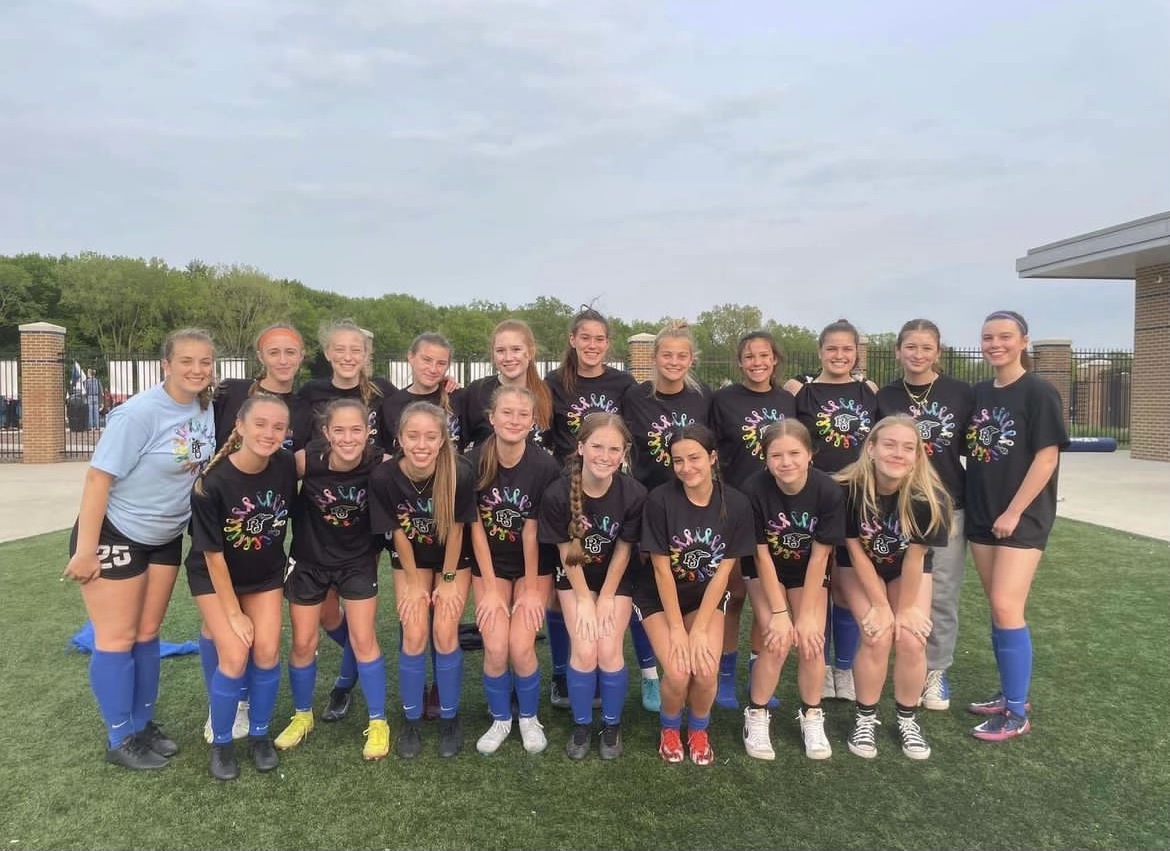The WOAK Advanced Video and Media class is a broadcast journalism class offered to students at ROHS where they can explore a variety of tasks within the field. The class broadcasts live on YouTube on Tuesdays and Fridays at 2:54 pm and goes over the P. A on Mondays and Thursdays also at 2:54 Taught 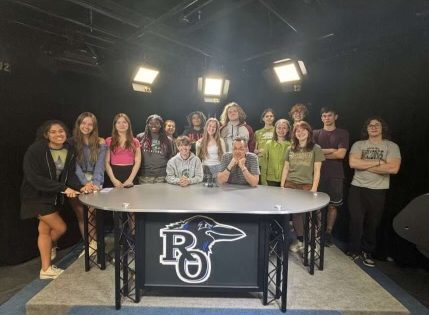 by Mike Conrad, it can be taken by students who have completed the prerequisite class, Intro to Video Production. On a typical broadcast day, the class is capped with 14 students but there are 13 different jobs that students can do: anchor one and two, cameras 1-3, floor director, two anchors, sports anchor, weather anchor, teleprompter, tech director, switcher, assistant director, audio, and director. Even if you are not doing anything that day, there is still much to help out with when creating a broadcast. During the radio, there are four different jobs to do: anchor, clubs, sports and weather, and engineer. The students can pick their jobs for both radio and the broadcast, many will repeat either tasks that they enjoy or want to get better at.
by Mike Conrad, it can be taken by students who have completed the prerequisite class, Intro to Video Production. On a typical broadcast day, the class is capped with 14 students but there are 13 different jobs that students can do: anchor one and two, cameras 1-3, floor director, two anchors, sports anchor, weather anchor, teleprompter, tech director, switcher, assistant director, audio, and director. Even if you are not doing anything that day, there is still much to help out with when creating a broadcast. During the radio, there are four different jobs to do: anchor, clubs, sports and weather, and engineer. The students can pick their jobs for both radio and the broadcast, many will repeat either tasks that they enjoy or want to get better at.
Audrey Wehner, a senior in WOAK said that her favorite task to complete is to anchor for the radio.
“I like anchoring the most just because you speak first and don’t have to worry about timing too much or the bumpers. However, the writing of it can be difficult at times,” Anchoring is a one-person job for radio and a two-person job for the broadcast. Being an anchor requires you to write your portion of the script before class. When anchoring on the broadcast the same requirements apply as well as dressing business casual, and be ready to rehearse your lines by the time class starts. Other available jobs are teleprompters where you control the scripts that the anchors will read. There is also the floor director, floor directors communicate with the director who is located in the control panel from the set. Sports and weather are separate types of anchors who report about the latest sports and current weather from different locations. There is a tech director, who controls all graphics that appear on the screen. Audio controls all of the microphone volumes as well as bumpers and premade recordings. The director is in charge of all crew members and calls that are made in production.
“Technical Director is the most fun, it’s just a little button board and I find it fun to time the screens and switch from camera to camera. Especially since it’s not a position or job that is thought about when you are outside the broadcasting world,” Wehner says. A job similar to a technical director is engineer, which is performed when the WOAK does the radio over the P.A., being Hills’ favorite job to do for radio days.
“I love pushing the buttons and controlling the sound, especially on fun days where we can put an extra sound like clapping,” says Hills. The Engineer controls all radio members’ microphone volumes, as well as any other snippets of music used for transitions, called bumpers. Audio is another job that can be done during the broadcast, audio controls all microphones and all volumes of bumpers and pre-recorded videos. “I like to do audio or switcher. Audio is fun because you can control how loud everything is and you get to yell a countdown.” Says Hills. Being a part of WOAK also means being a part of PBS Student Reporting Labs. The students are divided into three groups and tasked with different prompts, “Statues, Symbols, and Stories”, “Ready for the real world?”, and “From book bans to new bills” given by PBS. Senior Audrey Wehner is a second-year student at WOAK. She notes that WOAK does more than school broadcasts, working on smaller projects that most students are unaware of.
“We work with PBS Newshour under their Student Reporting Labs to create short documentaries on issues in our local community. These are done through small groups and prompts given to us by SRL and the videos are submitted to PBS to have a chance to be featured on National News,” she said. This project is typically worked on Wednesdays when there is no radio or live broadcast. In WOAK, a lot of the work that students perform are real jobs that can be done at places such as local channels.
Like many of her peers, junior Jordan Hills is thinking about doing something similar to WOAK in her future career. “I like the idea of becoming an executive producer or just doing something related to broadcasting. Whether that’s like the technical director or being on camera. I like all of it.”. Senior, Finn Wheatly has thoroughly loved his time in WOAK and is now considering a job in broadcasting.
“I am heavily considering it, I love this class and the projects we’ve created,” he says. Being on the screen isn’t the only way students can get involved though, as Wehner enjoys working behind the scenes.
After a WOAK student completes advanced TV and media, they are eligible to work in the 3rd year class, which is far more independent than work. There, you work on creating documentaries and other types of films that are entered into C-SPAN. C-SPAN is a film competition. Cami Forsythe a senior in the third-year class explains C-SPAN,
“The competition is for us to create our documentary using a few guidelines. The prompt was to create a documentary displaying what big changes have been impactful to the U.S. over the last 20 years. Or what we would like to see change in the U.S. in the next 20 years.” The WOAK Advanced Video and Media class is a perfect opportunity for students who are interested in video production-related careers to get hands-on experience with equipment that is used in that field. Video production, WOAK, and the third-year class are all taught by Mike Conrad.

